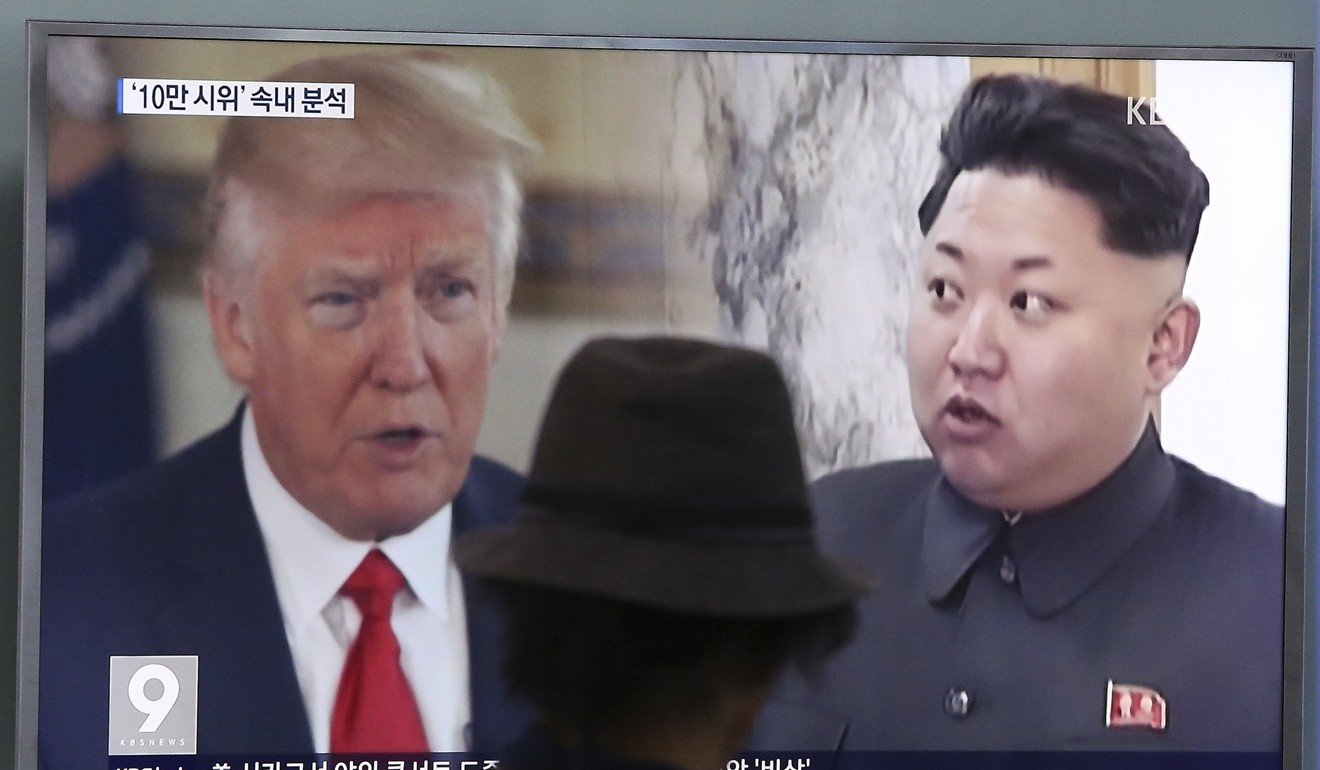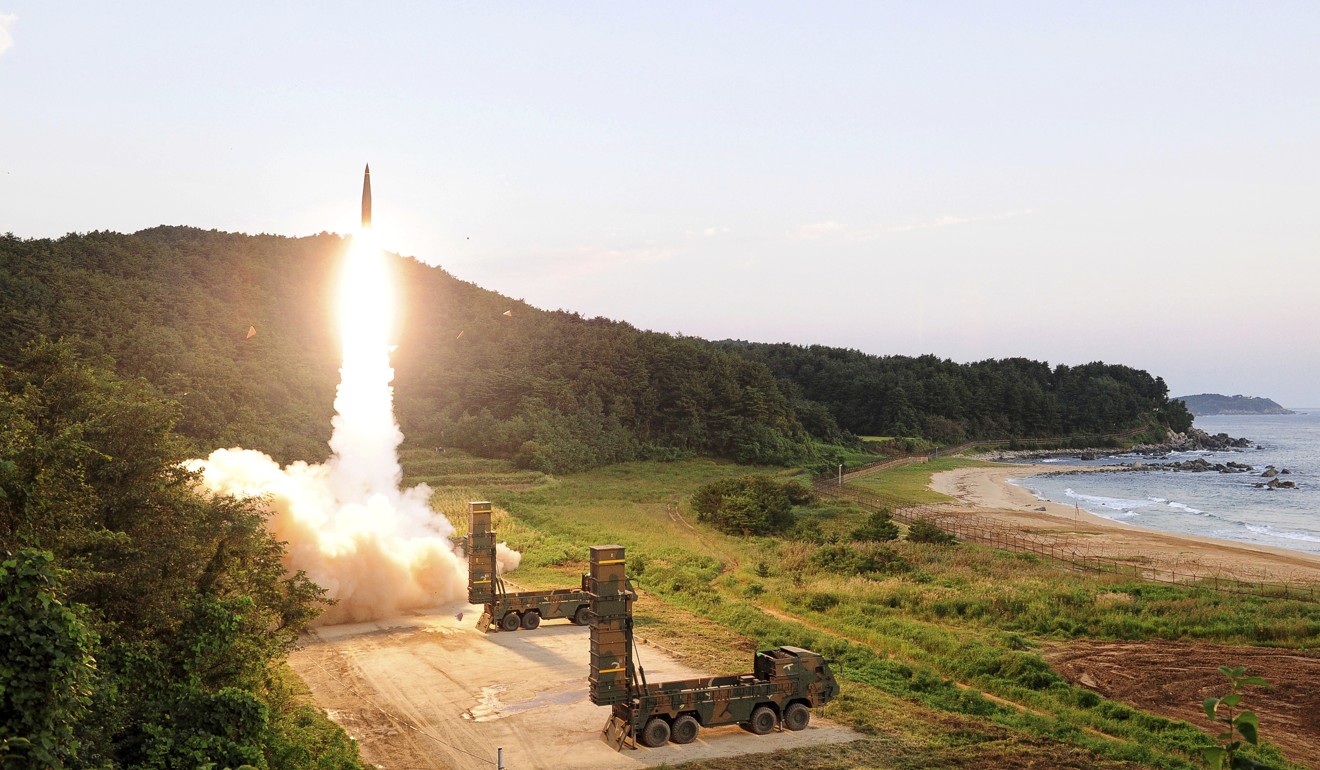
North Korea nuclear stand-off highlights the dangers of miscalculation
Alek Chance says that in tense times, such as the impasse over Pyongyang’s nuclear weapons and missile testing, even precautionary moves by one party may send a signal of imminent danger to the other side
Even if risky threats can at times cause an adversary to back down, there is also the possibility that the situation will escape human control.
As tensions between Pyongyang and Washington rise, different kinds of miscalculation can arise from issues of imperfect knowledge and structural forces that limit statesmen’s options, creating dangerous risks.
The possibility that a missile test might not be perfectly discernible from a missile attack is one such example of this problem, which is only exacerbated in a crisis environment.
A look at the Cuban missile crisis reveals how random occurrences and incomplete information can have dangerous implications during times of tension. To a mind preoccupied with a heightened sense of threat and urgency, an adversary’s long-scheduled surveillance flight or a simple technical malfunction might be misinterpreted as signs of an attack.
Another kind of miscalculation can arise when measures intended to deter conflict – or mitigate its effects, should deterrence fail – elicit unintended reactions and increase the chances of conflict in the first place. This scenario has prompted some to compare the current situation to the beginning of the first world war. Now widely seen as a conflict that nobody wanted yet nobody could prevent, the war’s origins in the 1914 July crisis provide a lesson in how signals and postures can create a situation over which no party has control.

As Europe’s alliance blocs prepared for possible conflict, it was difficult for adversaries to discern offensive preparations from defensive ones: they both involved the mobilisation of large armies in border regions. No party could be sure of the intentions of their neighbour’s mobilising army; all felt they were existential threats. Beset by logistical problems, Russia was forced to get an early start on a mobilisation, regardless of its strategic intentions. It consequently called for general mobilisation in the midst of discussions with Germany. This coloured German perceptions of Russian intentions and exacerbated the feeling that conflict was becoming inevitable. As this perception set in, strategists tasked with preparing for war (foolishly) believed that initiating it on their own terms was the safest path – stumbling into a self-fulfilling prophecy.
What do North Korea and an octopus have in common? More than you might think
As in 1914, the current atmosphere might prompt action on both sides that, while possibly only precautionary in nature, will feed perceptions of the adversary’s malign intentions. For example, US preparations for a perceived imminent attack might include removing US military families from the peninsula, or repositioning bombers or ships capable of firing ballistic missiles in defence.
Unfortunately, each of these actions is likely to be ambiguous to Pyongyang since they might equally indicate preparations for a US attack, increasing their anxieties and limiting their perceived options.

On the other side of the coin, Kim is unlikely to see any post-bellum advantage in initiating conflict with the US or its allies. Time also may not be as great a factor. Unlike in 1914, when a day’s delay in mobilisation was believed to have existential implications, the urgency today is that induced by the progression of the North’s nuclear and missile programme. As worrying as this is, it is not necessarily the kind of time frame that should prompt a crisis mentality.
China thinks the US holds the key to resolving North Korea crisis
The caveat here is that the time horizon depends on American inferences about Kim’s intentions and, subsequently, the implications of his acquisition of a reliable intercontinental ballistic missile. Americans are split on this issue. Some in the White House argue that Kim’s behaviour suggests he isn’t susceptible to traditional forms of deterrence.
The interests of stability suffer when threats are viewed to be imminent and the logic of war preparation undermines the cause of conflict avoidance. Unlike in 1914, the current situation doesn’t inherently necessitate this dynamic, but Kim’s relentless alterations to the status quo and improperly calibrated reactions from the US might introduce them anyway.
Alek Chance is a fellow at the Albert del Rosario Institute for Strategic and International Studies in Manila
